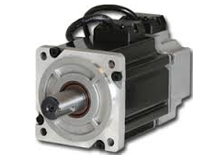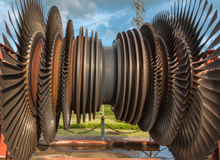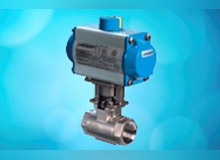Power Generation Resources
Power Generation
Answer a number of key questions to identify the most appropriate choice
At process plants, a significant percentage of measurement devices aren’t correctly matched to their application, leading to decreased quality and consistency of the operation. Often, the source of this problem is the assumption that one type of level measurement sensor suits multiple applications.
For most systems, in order to get good control with stability throughout the full range of required flow rates, we need to use a control valve that has an installed flow characteristic that is linear, or at least as close to linear as possible.
A Major Refinery in Washington Realizes a 20% Savings on their Maintenance Labor Thanks to Valin.
When using a servo motor, one should consider torque, speed, and other applications for a specific motion control application.
Proper treatment of boiler systems when they are off line is a constant concern for those managing and overseeing the operations of a power plant. Many power plants are known in the industry as peaker plants, meaning they are not running constantly.
A primary goal of many a plant manager is maintaining continuous and cost-effective operation of a plant’s turbine engines. When considering this goal, it is important for plant managers to be aware of recent advances in filter designs for turbine air intakes.
Techniques & considerations for properly sizing control valves
A lesson for me is that I need to involve you earlier in the program.
You were tireless in your support and it will not be forgotten!




